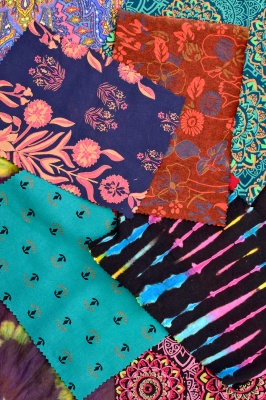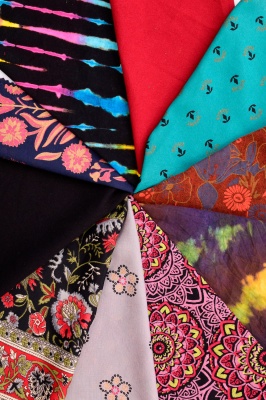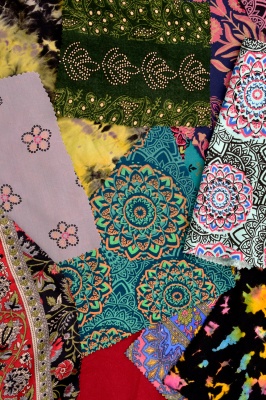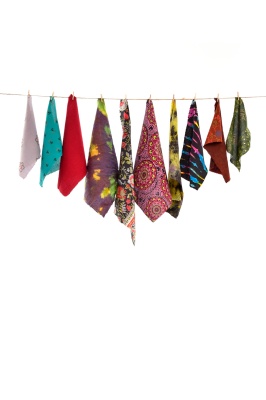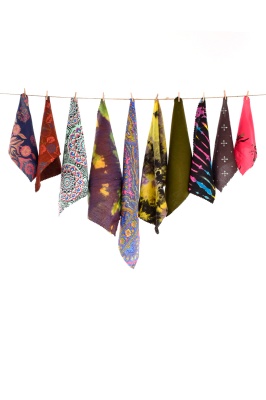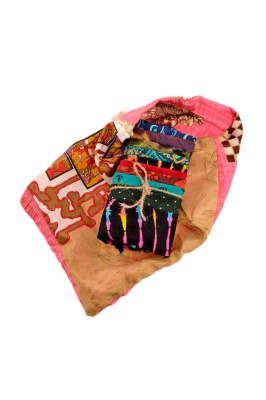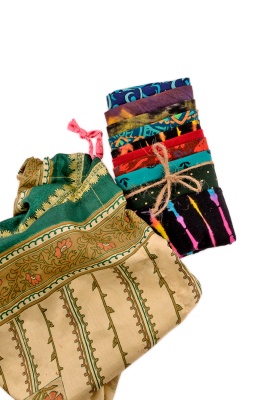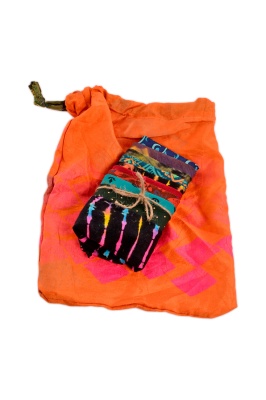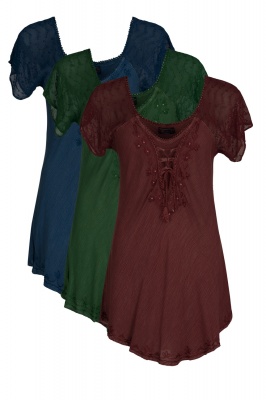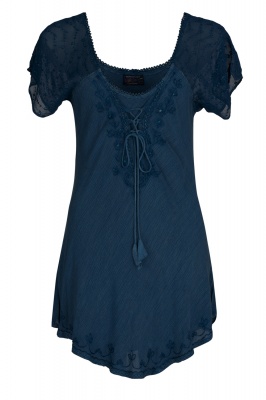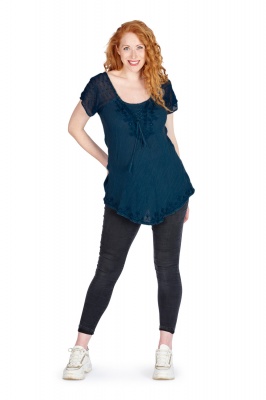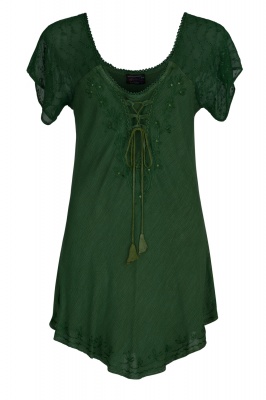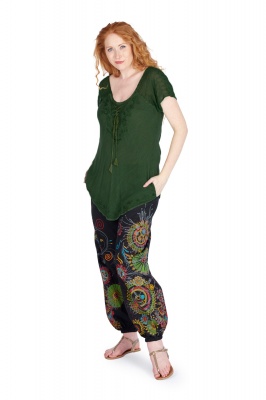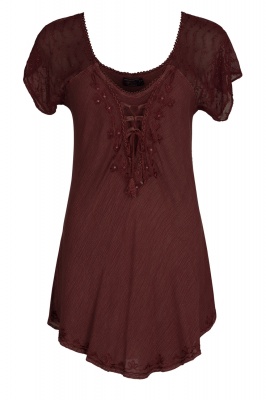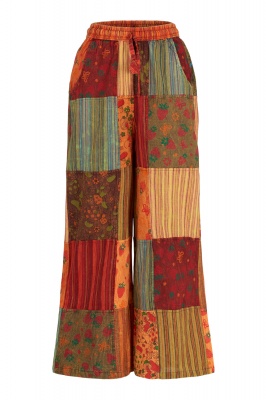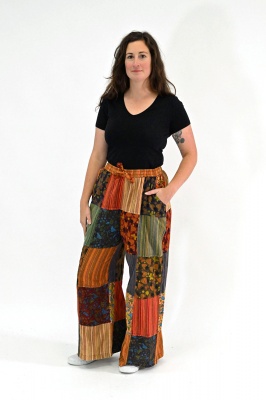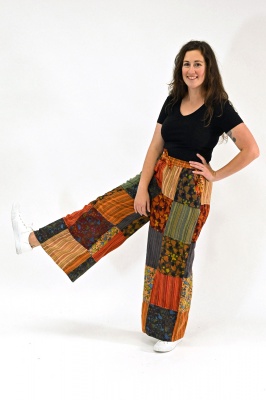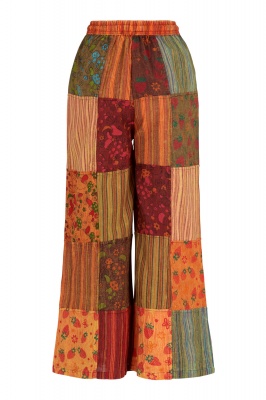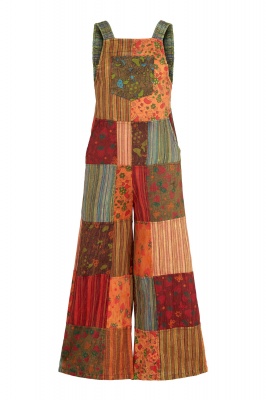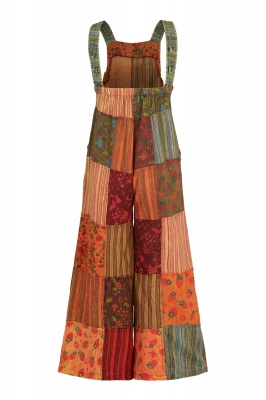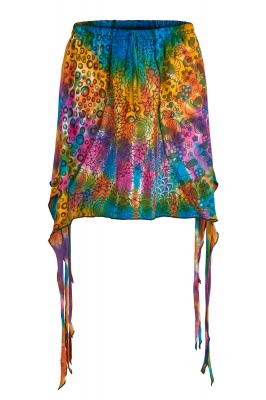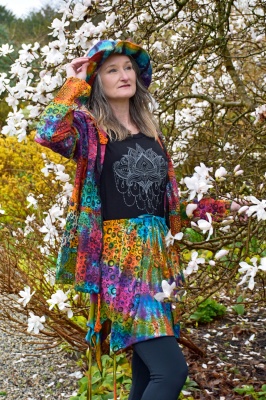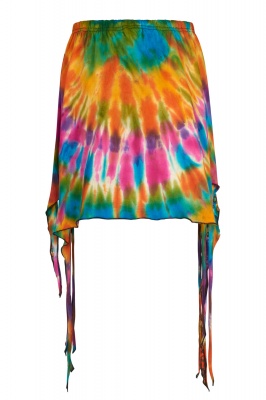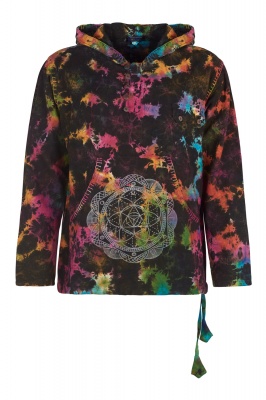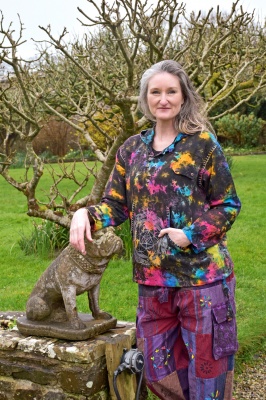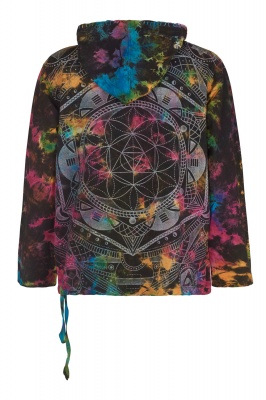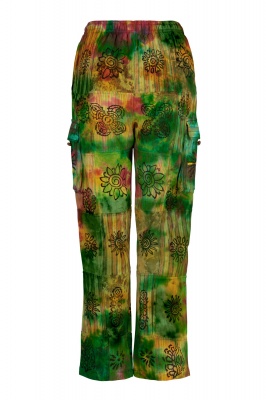Magical autumn traditions and luscious autumn clothes
It's the season of mists and mellow fruitfulness! Welcome to autumn, a lovely season where the weather gets less predictable, everything ripens, and the leaves slowly change colour. We've added some stunning warm coats and hoodies to our collection to celebrate. And there's nothing quite like layering at this time of year, something worth celebrating all on its own! But how do people around the world traditionally mark this time of year, aside from late October's Halloween? Here are some ancient autumn traditions.
Mooncakes in China – A lunar mid-autumn festival
A Mooncake is a Chinese cake traditionally eaten during the Mid-Autumn Festival , which is all about watching the magical moon. You share your Mooncakes with friends and family while celebrating the festival, one of China's most important of the year.
Mooncakes are circular, about 10cm across and 3cm thick. The Cantonese version common to Guangdong, Guangxi, Hong Kong and Macau has a gorgeous thick red bean or lotus seed filling and a crust, and sometimes contains salted duck egg yolks as well. There are posh Mooncakes for special friends, family and clients, and it's the done thing to slice and eat them with a cup of tea.
China's influence means Mooncakes and the Mid-Autumn Festival is also big across Asia. You might see them in your local deli if you're lucky. If you're in a big city, try your nearest Chinatown.
Harvest Festival – Older than Christianity
The old-school Harvest Festival was celebrated on 1st August, marking the start of the crop gathering. It was originally called Lammas, which meant loaf mass, as in loaves of bread. The farmers made bread from their new wheat crop and gave it to their local church in thanks.
Villages and parishes would appoint a respected man as Lord of the Harvest, who would negotiate the harvest wages and organise the workers. Once the crops were in the Harvest Supper took place, on Michaelmas Day. The Lord of the Harvest headed the table and a huge feast was enjoyed by everyone.
These days the celebration tends to take place at the end of the harvest season, and it's usually a church thing. But roll back time and humans have probably celebrated the harvest at this time of year since we began farming, somewhere between seven and twelve thousand years ago. It's a very ancient celebration, vital because it marked having enough food in store to survive the winter.
Cornwall's Crying The Neck harvest tradition
In Devon and Cornwall, before the industrial revolution, the Crying the Neck harvest festival tradition was an important one. All the reaping back then was done using a hook or scythe, back breaking work that could easily take weeks. Imagine how good they felt when the final handful of corn was harvested, after all that effort.
The event was marked by one of the reapers lifting the last bunch of corn high and shouting, "I 'ave 'un! I 'ave 'un! I 'ave 'un!", to which everyone else replied, hat 'ave 'ee? What 'ave 'ee? What 'ave 'ee?" The reply was "A neck! A neck! A neck!", then everyone cheered the farmer. If you're a Poldark fan, you'll have seen it on the TV show, in the second series first aired during 2015.
Walking With Lanterns in Germany
Laternelaufen takes place on or around 11th November, translated as Walking with Lanterns and a German tradition. It involves little children parading the streets carrying colourful lanterns, often made themselves, led by St. Martin, a bearded man in a medieval soldier's uniform on horseback.
It's all about sharing. The legend goes like this: St. Martin was a soldier. He gave a beggar the half of his coat to save his life in the cold. Later he became a Bishop and dedicated his life to helping the poor. The Catholics call the festival Sankt Martinsumzug, Saint Martin's Pageant, and that also focuses on sharing. The Austrians do it too, and there it's called Laternenfest.
Sukkot – The Feast of the Tabernacles
Sukkot is the Jewish Feast of Tabernacles, also called the Feast of the Ingathering, celebrated on the 15th day of the seventh month, the month called Tishrei. It tends to fall in September or October. A Hebrew word, a sukkot is a walled structure with a palm leaf roof, used as temporary homes by farmers during the harvest. The festival is significant in two ways. The celebration mentioned in the Book of Exodus marks the end of the harvest and agricultural year in Israel. But the Book of Leviticus says it commemorates the Exodus from slavery in Egypt. It's a complex seven day festival and throughout the holiday, people eat inside a traditional sukkot. Some even sleep there.
Michaelmas - The Feast of Michael and All Angels
29th of September is Michaelmas, near the equinox and the official shortening of the days, one of the English quarter days along with Lady Day on 25th March, Midsummer on 24th June and Christmas itself. Almost always close to the solstices or equinoxes, it traditionally marked the time the harvest must be completed.
In Christianity St Michael is one of the principal angelic warriors, a creature that protects us against the darkness of evil and the Archangel. Celebrating Michaelmas – which probably goes back millennia before Christianity - is all about securing protection against the coming winter, when the forces of evil were stronger and families needed more help from their deity. In Britain we ceremonially feasted on a specially fattened goose, a treat that meant we'd enjoy good financial health in the year to come.
Stay warm through autumn into winter – Quirky winter fashion
However you like to celebrate autumn, do it in style and do it WARM! Hop over to our website and check out our latest and cosiest winter fashion for rebels. Layer up like crazy if you like – you'll look amazing. And don't forget to collect loyalty points. Maybe save up for a Christmas treat?
